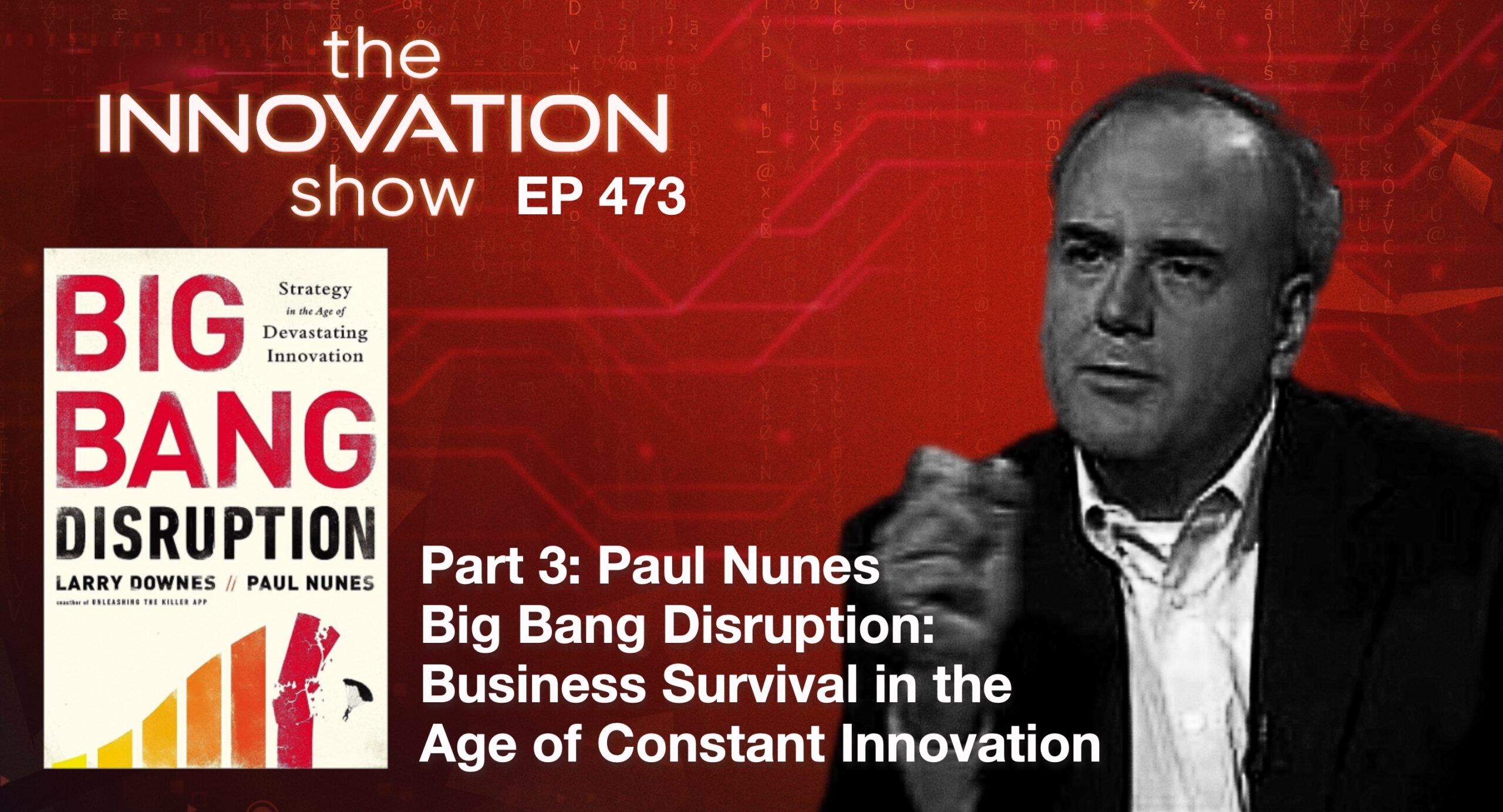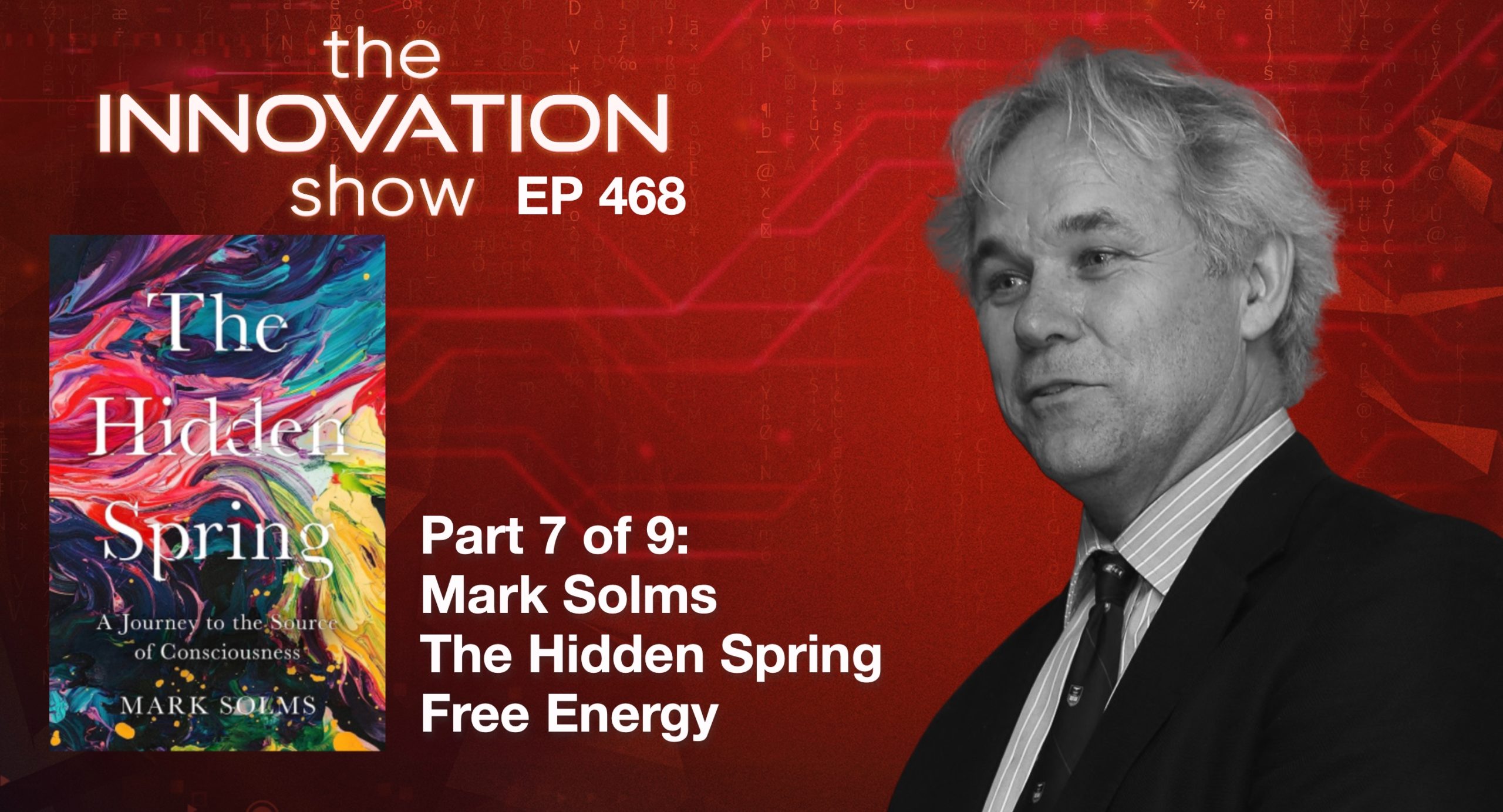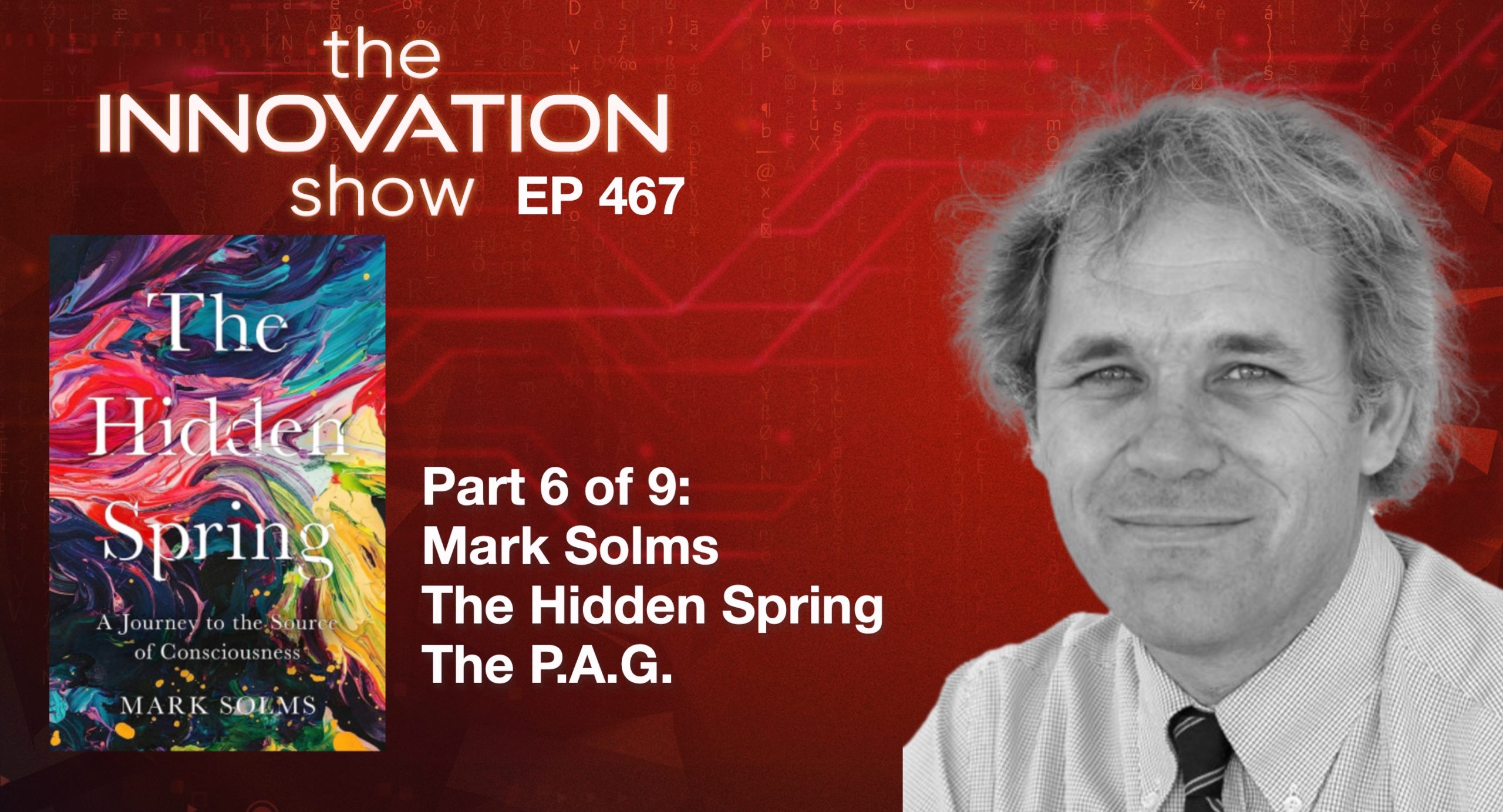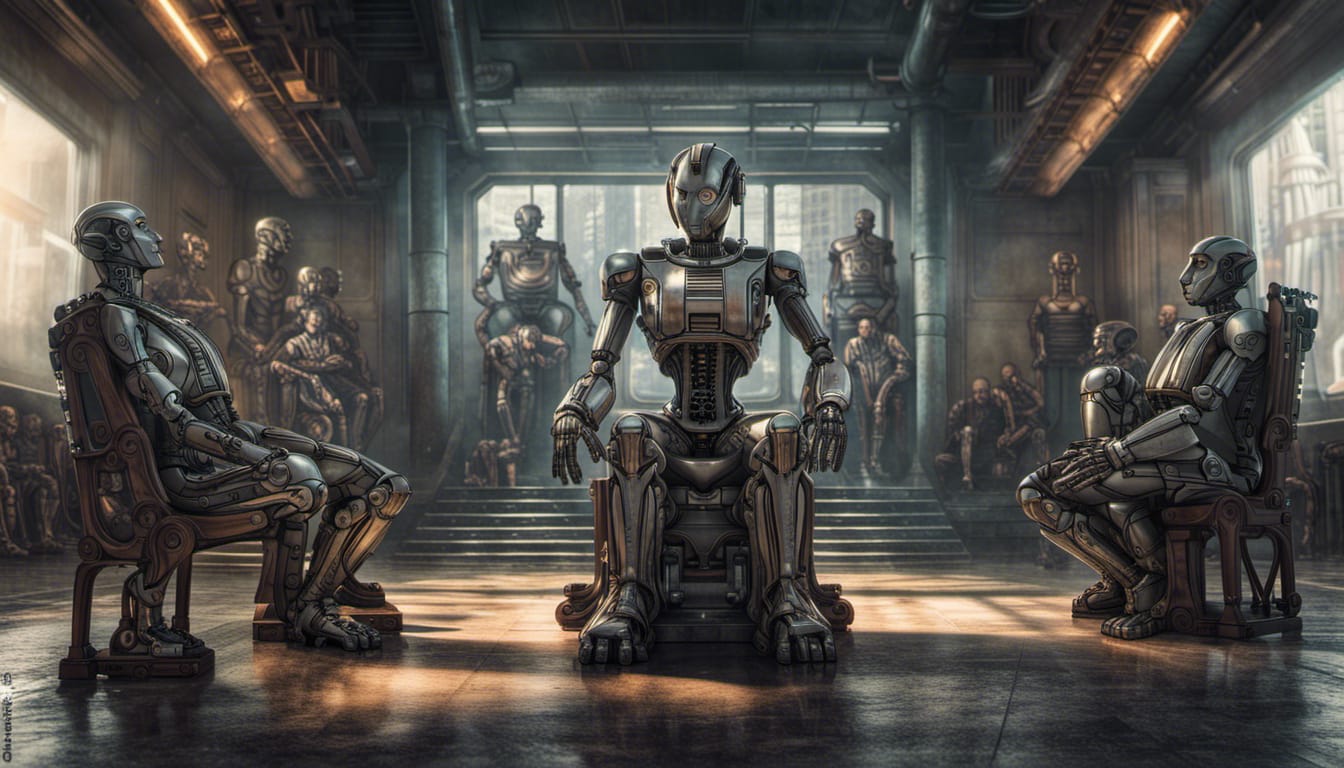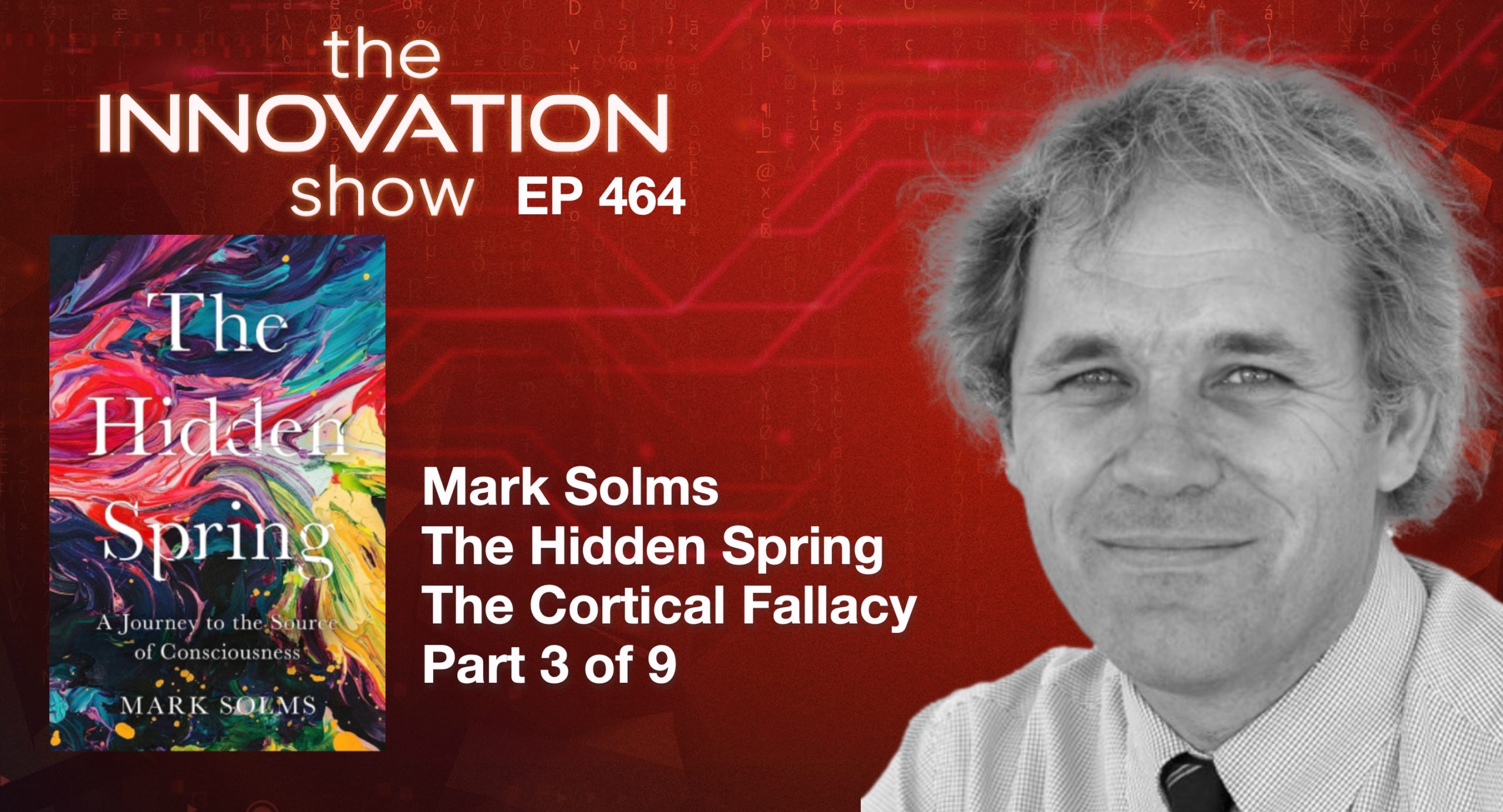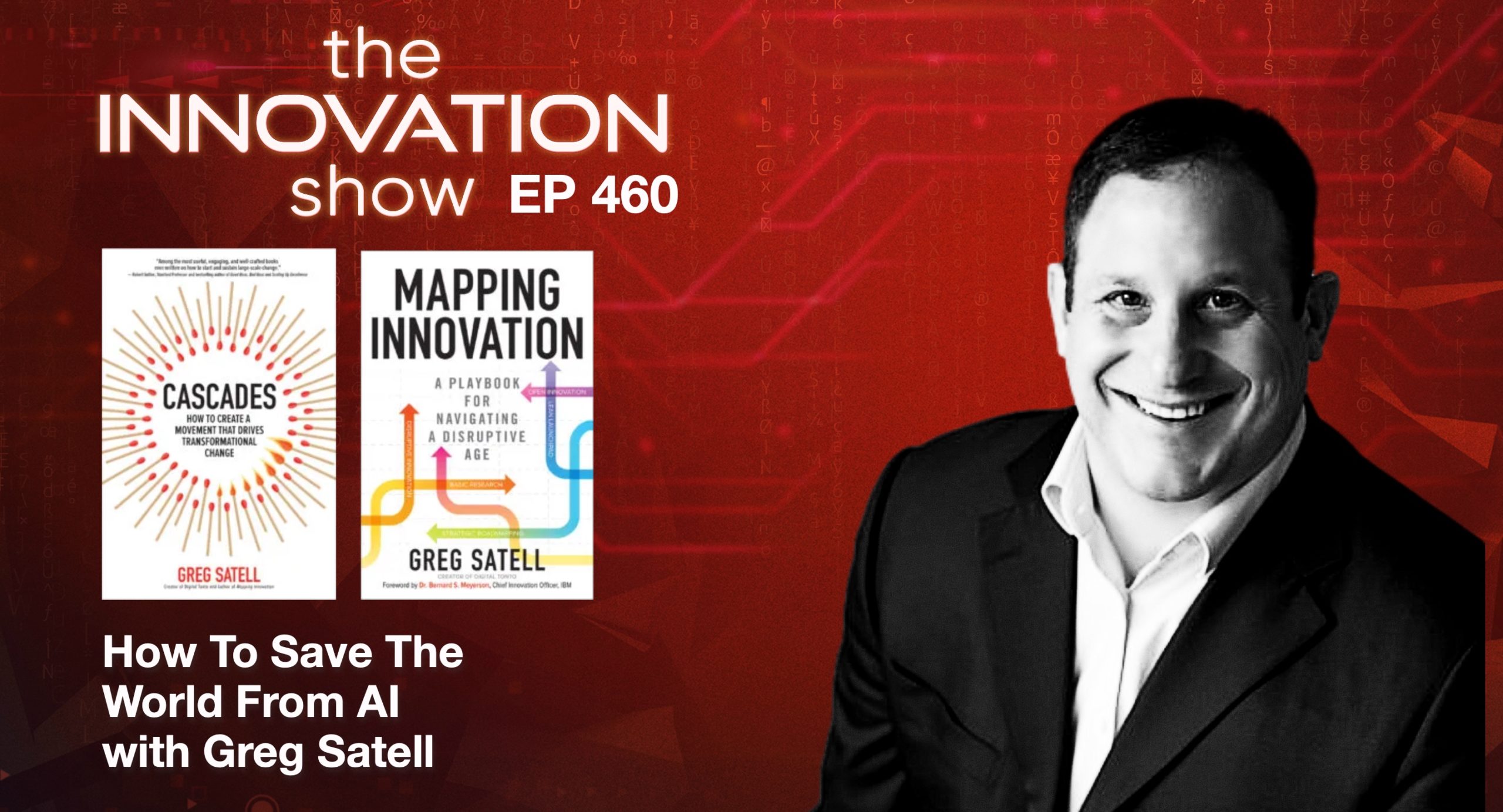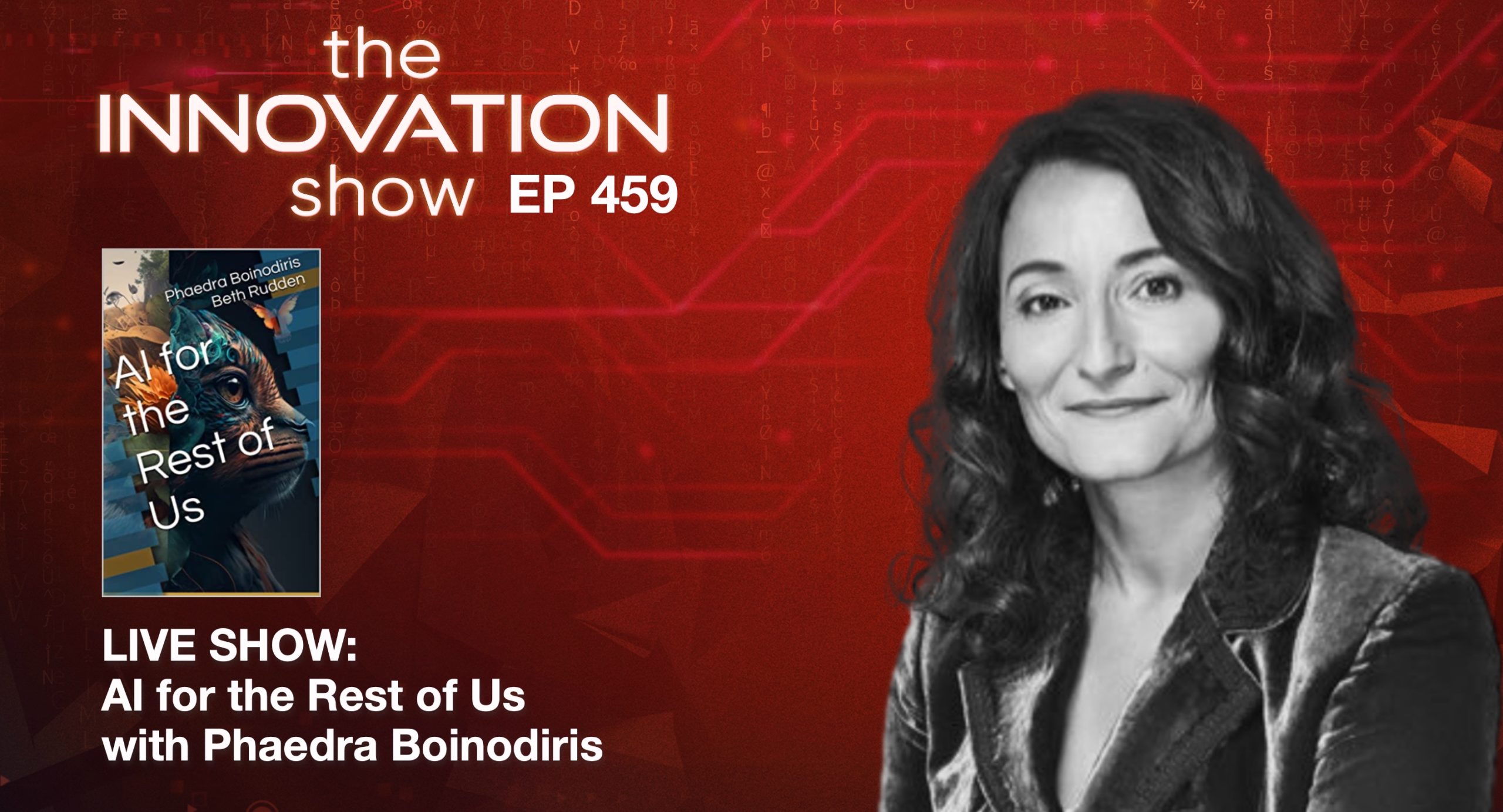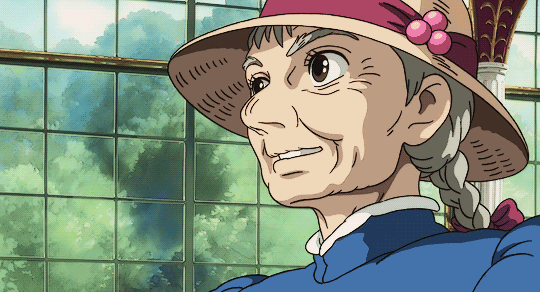We have entered a fourth stage of innovation— the era of Big Bang Disruption. The new disrupters attack existing markets not just from the top, bottom, and sides but from all three at once. This isn’t disruptive innovation. It’s devastating innovation.
Posted 11 months ago Tagged
It is a pleasure to welcome the author of The Hidden Spring: A Journey to the Source of Consciousness, Mark Solms. We share terms like Markov Blankets, The Free Energy Principle, Homeostasis, and Entropy.
Posted 12 months ago Tagged Aidan McCullen Business Consciousness Entrepreneurship Human Potential Innovation Leadership Mark Solms PAG Technology The hidden spring the periaqueductal grey Undisruptable
It is a pleasure to welcome the author of The Hidden Spring: A Journey to the Source of Consciousness, Mark Solms.
In this episode, we will discuss questions such as where does arousal come from anatomically and how does it arise physiologically? And the central question of today is where the seemingly magical shift from automatic reflex to volitional feeling occurs. Today, we will share some terms like synaptic transmission, reuptake, post-synaptic modulation and the role of neurotransmitters and neuromodulators, and we will also explain the role of the PAG, the periaqueductal grey.
Posted 12 months ago Tagged agi AI Aidan McCullen Artificial Intelligence artificial intelligence (AI) Business Corporate Culture Disruption Gods and useless Yuval Noah Harai Innovation Leadership Robots Strategy Transformation
While scams and fraud have been around as long as human society, what happens when a scammer is no longer a person but an AI? As in Esperanza’s case, trust is often the scammer’s most potent weapon. This elderly woman, driven by her religious obsession, gave her life savings to someone she believed was divine. With its capacity to learn and adapt, AI could potentially exploit that trust on a much larger scale.
Posted 12 months ago Tagged Consciousness describing Friston’s free energy as a quantifiable measure of how a system models the world and how it behaves. he summarises its implications In The Hidden Spring Mark Solms our guest Mark Solms does not dive too deeply into Karl Friston’s mathematics. As you will discover Technology The Cortical Fallacy Mark Solms
In The Hidden Spring, our guest Mark Solms does not dive too deeply into Karl Friston’s mathematics. As you will discover, he summarises its implications, describing Friston’s free energy as a quantifiable measure of how a system models the world and how it behaves. This notion leads to a very different idea of consciousness from Descartes’s reason-centric version that set up the puzzling dualism of “mind” and “matter”, a la Damasio’s Descartes Error. Mark explores the “cortical fallacy,” which refers to his view that neuroscientists who have argued that the “seat of consciousness” is in the cortex are wrong. Recent neuroscience has shed light on where this is.
As Mark points out, damage to just two cubic millimetres of the upper brainstem will “obliterate all consciousness.”
So where does it “Spring” from?
Posted 12 months ago Tagged AI and the Problem of Privilege Ai Ethics Aidan McCullen Business Corporate Culture Disruption Entrepreneurship Innovation Leadership Phaedra Boinodiris Transformation
AI has a Problem of Privilege.This week’s Thursday Thought draws an unlikely parallel between Woodstock ’99 and the burgeoning issue of AI’s privilege problem, warning of an oncoming “Tr-AI-wreck.
Posted 1 year ago Tagged Aidan McCullen Innovation Aidan McCullen Podcast Business Cascades Disruption Entrepreneurship Greg Satell Innovation Mapping Innovation Strategy Technology
I was MC for the tech stage at the Fifteen Seconds Festival in Graz, Austria. My friend Greg Satell joined me on stage and wrapped his change framework around the compelling question: “How Can We Save The World From AI.”
Posted 1 year ago Tagged AI for the Rest of Us Aidan McCullen Corporate Culture Innovation Phaedra Boinodiris AI Ethics Phaedra Boinodiris IBM Transformation
I was MC for the tech stage at the Fifteen seconds Festival in Graz, Austria. I had the pleasure of meeting the brilliant Phaedra Boinodiris. She is the author of the book “AI for the Rest of Us”, and is a co-founder of the Future World Alliance, a non-profit dedicated to curating K-12 education in AI ethics.
Posted 1 year ago Tagged Business Cricket Protein Disruption Innovation Insect Protein Marketing Strategy Technology Transformation Veganism
Helen Edwards book, “Marginal to Mainstream” shows why businesses, marketers and entrepreneurs need to break free from their ‘mainstream inhibition’ and turn their attention to the margins – to confront, evaluate and embrace the ‘strangeness’ of behaviours, ideas and ways of life at the fringes.
Posted 1 year ago Tagged
Some organisations engage in renewal as an event rather than an ongoing process. In such cases, they find their organisational skillsets and capabilities are inadequate for the new reality. Often employees who excelled in a previous reality struggle in the new paradigm. In some cases, these employees become senescent. They can even act like a senescent cell and influence those around them to become toxic and malevolent.
